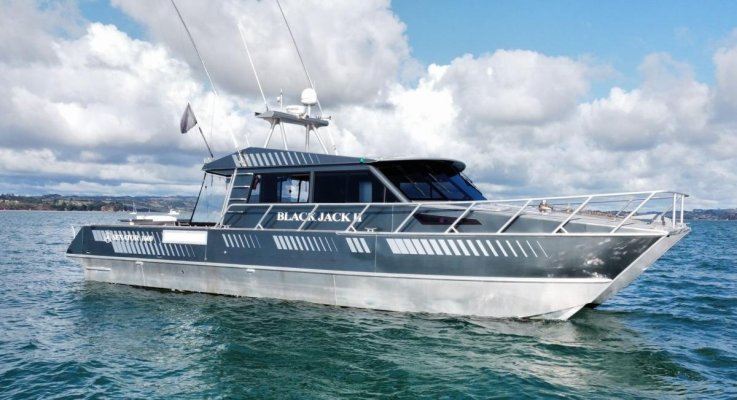darkside
Senior Member
- Joined
- Apr 4, 2016
- Messages
- 400
- Location
- New Zealand
- Vessel Name
- Ahi
- Vessel Make
- Roger Hill Powercat
For those not so worried about fuel prices;
40gph at 25kn with twin 680hp Volvos on Hamilton Jets.
https://www.trademe.co.nz/a/motors/boats-marine/motorboats/listing/3659124764?bof=p58a4XKd

40gph at 25kn with twin 680hp Volvos on Hamilton Jets.
https://www.trademe.co.nz/a/motors/boats-marine/motorboats/listing/3659124764?bof=p58a4XKd



